Contact Thrive Treatment to learn more about our innovative substance abuse, dual-diagnosis & mental health treatment programs for teens, young adults, & adults in Los Angeles, California.
Illegal. Highly addictive. Heroin, an opioid made from morphine – a substance that occurs naturally in particular types of the poppy plant – sinks its teeth into a user creating feelings of euphoria, depressing the central nervous system and hijacking the reward system. Get the help you need.
It’s a vicious substance with effects so catastrophic that the Drug Enforcement Administration (DEA) list it as a Schedule I drug, defined as having no currently accepted medicinal use and a high potential for abuse.
The statistics that orbit it are staggering:
Heroin typically comes as a white or brown powder, the color generally denoting where it’s produced but often white is the most refined form of the drug. Black tar heroin, a dark, sticky and gooey substance is the other common form.
Rarely, if ever though, is an addict getting pure heroin on the street, it’s routinely and regularly cut with other substances which are a mystery to the buyer who is just trying to quiet the storm of a craving. Naturally, this completely unregulated production and sale substantially elevates the risk of using heroin beyond the already destructive effects the drug itself causes.
And as prescription opioids have ravaged the country, leaving death and despair in their wake, you might rightly wonder if that has influenced heroin use. As in, do people transition from the opioids they’re prescribed for pain and the like to the illicit version, heroin?
Yes, the National Academies of Science, Engineering and Medicinefound that “a number of studies have yielded evidence strongly supporting the conclusion that the recent prescription opioid epidemic has resulted in a significant increase in domestic heroin use and associated overdose deaths”.
The National Institute on Drug Abuse (NIDA) adds that “of those who began abusing opioids in the 2000s, 75% reported that their first opioid was a prescription drug”. They functioned as something of a gateway drug in that sense.
Taken in a multitude of ways, heroin can be injected, smoked and snorted with injection bringing with it the potential for bloodborne diseases. Injection and smoking also allow it to reach the brain the fastest but no matter how it’s ingested, once it reaches its destination in your head, it interacts with and binds to opioid receptors that produce that aforementioned euphoric rush of pleasure.
On top of that though it attaches to receptors that control heart rate, sleeping and breathing, meaning that mixing heroin with alcohol, another central nervous system depressant, is potentially deadly.
At Thrive Treatment℠ we accept most private insurance plans and we are in network with Cigna, Optum, First Health, and Anthem Blue Cross. Additional payment options are available so don’t hesitate to give us a call so we can get you the help that you need.
1-855-232-1334














Seeing as how heroin is an opioid, a heroin addiction is therefore classed as an opioid use disorder and diagnosed that way based on the standards set forth in the Diagnostic and Statistical Manual of Mental Disorders (DSM-5).
The signs of use and abuse precede and then coincide with the symptoms of a full blown addiction. Initially, indications of heroin use can be the following:
In addition to the euphoria and the rush, users experience other common effects in the short term like dry mouth, warm skin, heavy extremities, nausea and vomiting, itching and decreased mental functioning.
As noted, heroin is extremely physically and psychologically addictive and initial use can snowball into dependency quickly. The heroin addiction symptoms to look out for are:
The longer a person uses heroin the more damage they inflict on their body and mind, like:
Heroin may be powerful, but with your inner strength and the direction from the addiction specialists at Thrive Treatment you can beat your addiction. Get in touch with us today to learn more about what we can do for you or a loved one.

As with all substance addiction, detox is where the path to sobriety begins and the step before heroin addiction treatment can start.
It’s without question recommended to undergo a medically supervised detox with heroin as the physical and psychological addiction is so immense. The guidance of informed medical experts goes a long way in ensuring your detox is a success. Anything that gives you a better shot at kicking heroin is worth it.
After detoxing under the care of medical experts you can segue into rehab to begin tackling the mental side of addiction.
Moreover, and taking into account the intensity of withdrawal, there are medicines available to make the process easier to go through. Buprenorphine, naltrexone and methadone are all medications that work to counteract the cravings and symptoms of withdrawal. Whether they’re right for your particular case is something that’s determined when planning your treatment.
Our heroin addiction treatment programs at Thrive Treatment are catered to your circumstances and needs. There’s no single solution or silver bullet that works for everyone.
We take a holistic approach to rehab, combining modern and traditional therapies to help you develop coping skills and well-being that lasts. Through individual counseling and group therapy sessions we work together to help you understand the nature of your addiction and how to interact with the world and your thoughts differently going forward.
1-855-232-1334
